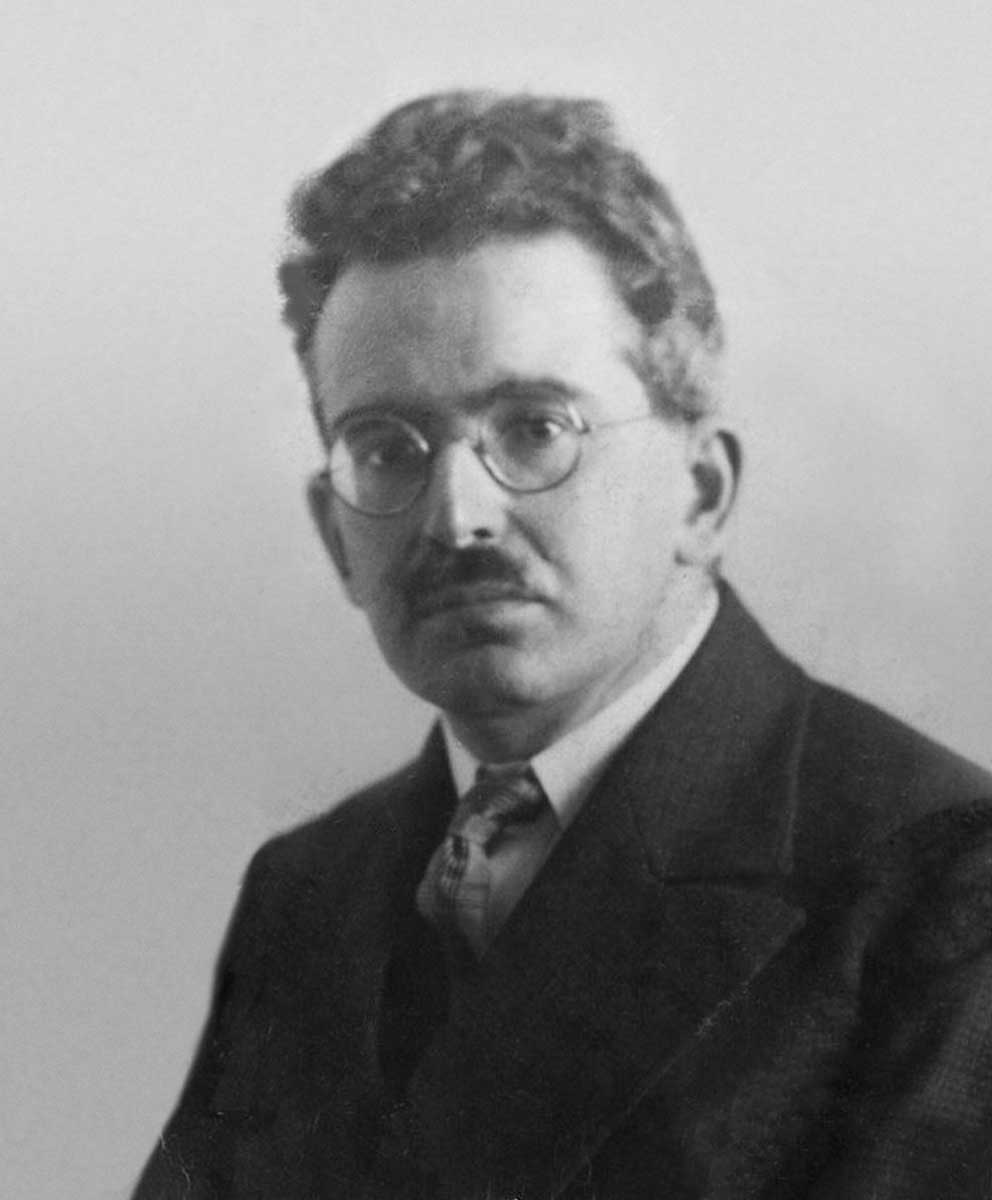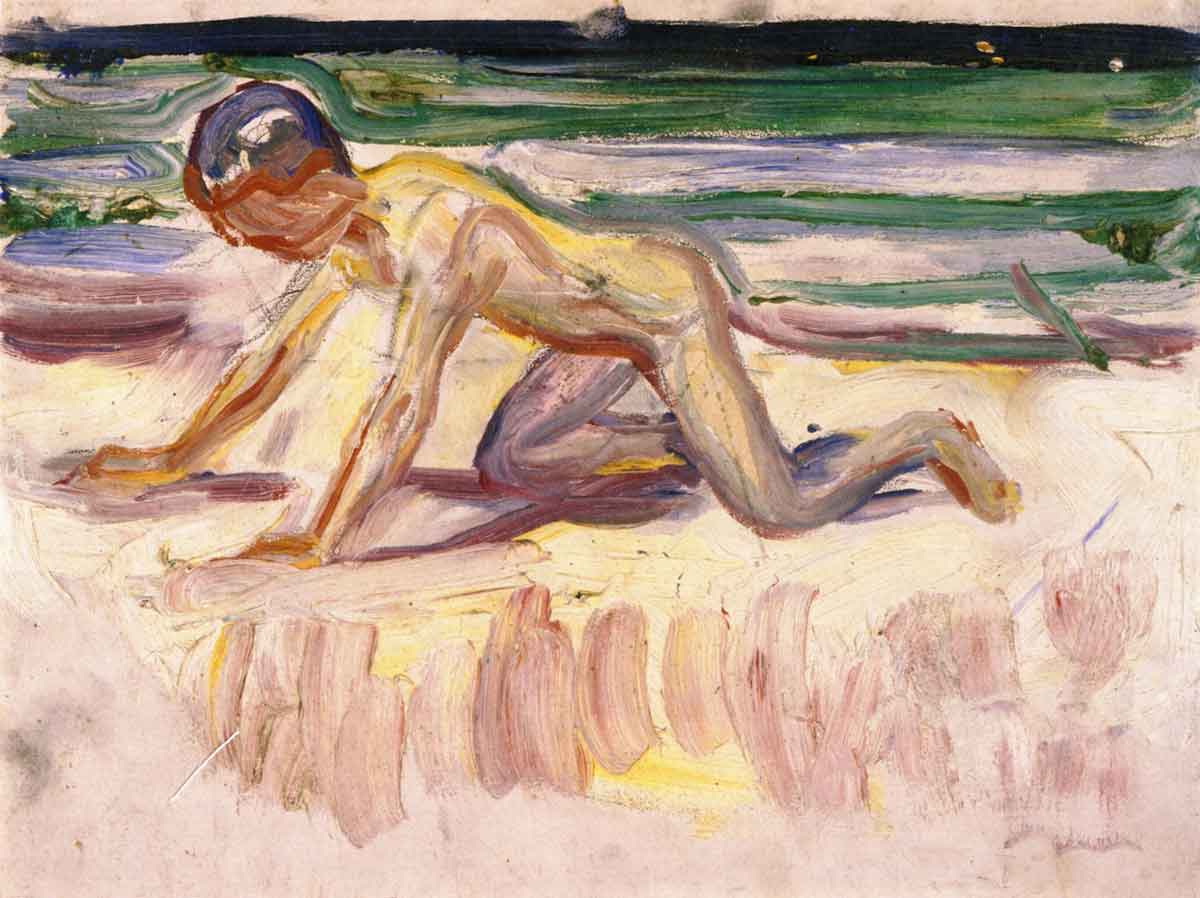
What is translation? What should it be? This article aims to explore the philosophy of translation. In order to do so, it focuses on two major philosophers—one ancient, one modern. It begins with a discussion of Aristotle, his view on language, and the corresponding view about translation which one can develop from his work. It then moves on to consider Walter Benjamin and to piece together a philosophy of translation from his wider philosophy as well as his (quite limited) treatment of translation itself.
Aristotle, Language, and the Philosophy of Translation

Some philosophers are, above all else, philosophers of language. Whatever approach they develop to understanding the world precedes from a theory about how language works. Aristotle is not one of these philosophers. However, Aristotle’s theory of language is not subordinate to a theory about how the world works. Rather, he conceives of language and the world as having the same underlying structure.
What is important to understand is that Aristotle holds that there is an indelible relationship between how we speak, how we think, and how the world is. Arguably this is the central metaphilosophical commitment in Aristotle’s work. That is, that the structure of expression replicates the structure of thought, and that the structure of thought replicates the structure of the world (insofar as it is able to comprehend it), justifies philosophy. This relationship between thought, language, and the world is what makes philosophy an exercise in understanding beyond mere self-understanding. Indeed, self-understanding and understanding things in themselves are closely related exercises.
There are implications for translation that flow from this straightforward picture of how language represents the world. For one thing, the suggestion is that language as such represents the world, and so all languages can be conceived of as trying to say the same things. Aristotle explicitly holds that the particular sounds and signs which constitute languages are a matter of social convention only.
The Deep Structure of Language

Get the latest articles delivered to your inbox
Sign up to our Free Weekly NewsletterAristotle makes an effort to distinguish arbitrary sounds and symbols from then deep structures of language, those which—to take a famous phrase from philosophy—appear to “cut nature at the joints.”
For instance: objects correspond to names, the passage of time corresponds to verbs, and the function of universal statements is parallel to the actual existence of universal things and qualities. This means that the act of translation from one language to another is a question primarily of establishing which structures correspond to which, and then making the necessary transition from one set of socially determined signs to another.
That one might be able to say something in one language that one could not say in another is anathema to this way of thinking about language. That language could fail us is not a live possibility in Aristotle’s work. Understanding this picture of language and the relationship it has with translation is important in part because Aristotle’s philosophy makes some of the implicit assumptions in a naïve conception of translation clearer. What is a “naïve” conception? It is one which supposes that translation is a matter of conveying what a text really is, which is quite separable from the text itself, the language in which it is actually put, from one language to another.
Walter Benjamin on the Task of the Translator

There is a way of developing a picture of translation that is not negative—which is, indeed, incredibly optimistic—without adopting an Aristotelian view in which the structures of language, mind, and world happily coincide.
Walter Benjamin’s theory of translation has proven influential in spite of his treatment of the subject being limited to only one essay, The Task of the Translator. His work in general can be characterized by its profoundly religious character and its commitment to Marxism. This dichotomy is partly an influence of Benjamin’s reading of Ernest Bloch, whose Spirit of Utopia Benjamin read whilst still quite a young man. Benjamin himself referred to his religious and Marxist commitments as his “Janus-face.”
Following Jean Boase-Beier, we can observe that Benjamin’s theory of translation is difficult to reconstruct not just because Benjamin’s work on the subject is fairly limited, but because Benjamin’s work as a whole is difficult to understand, and so developing even a general sense of Benjamin’s philosophy as a whole is hard, if not impossible. Yet that is exactly where many important clues with which we might attempt to reconstruct Benjamin’s theory of translation lie.
In turning to Benjamin’s work as a whole for illumination over his theory of translation, we should observe how much emphasis Benjamin places on the idea of the “task” at hand. He is forever looking for a wider context to place his analysis of a certain thing within. That his thought is in parts revolutionary and, in others, messianic should be no surprise, given both elements constitute a kind of ultimate context and ultimate purpose for his work.
Benjamin and the Object

Whereas for Aristotle getting at the structure of language meant getting at the structure of thought, Benjamin takes an even more encompassing view of what it is to move beyond appearances. Benjamin is in search not of the structure of language, but of a kind of pure language, of language in itself.
Benjamin’s description of his childhood is as a litany of evocative objects. The theory of language he suggests is related, insofar as it holds that language as we use it today is derived from the primordial, Edenic language in which words and objects existed in a state of one-to-one correspondence. This was perfection in language, as far as Benjamin was concerned, and the possibility of regaining what was lost is a major part of his conception of translation.
It is also worth bringing up Benjamin’s philosophy of history, which de-emphasizes the notion of history as an account simply of “what happened” and stresses the relationship between the present understanding itself as a part of the past in the discipline of history. A theory should be measured by its effect. This is a thoroughly practical kind of philosophy, one which recognizes the insufficiency of “merely” saying things as they are.

Turning to Benjamin’s philosophy of translation more explicitly, Boase-Beier suggests that it has seven major elements. The rest of this article will expand and explain these elements.
First, Benjamin holds that translation is at the heart of language. He holds that different ways of using different signs are attempts to say the same thing. So far, so Aristotelian. However, he wants to move us away from the analysis of signs as sign patterns and to see the very process of naming as a form of translation. The paradigmatic instance of this is the translation by God of creation into human language.
Second, Benjamin wants us to recognize that language is not just a tool for talking about things—language is a thing that we talk about. It can itself be discussed. Third, there is a spiritual essence to language. This is the “pure language” or “Edenic language” idea that came up earlier. Benjamin holds that translation is an opportunity to reveal pure language, and suggests that the task of the translator is to assist in the process of linguistic convergence.
Translation and the Text in Walter Benjamin

Fourth, translation is a function of the translatability of the text. That there is something in a text which makes it more or less viable for translation is an important part of Benjamin’s theory. It is the essence of the text which is hardest to translate, and which demonstrates the foreignness of languages from one another whilst at the same time suggesting a kind of immoveable, unchangeable core to a piece of writing.
Fifth, that translation is a stage in the development of the text. Just like his theory of history takes it as moveable rather than static, as concerned with the mutability of the present moment as much as the fixedness of the past, Benjamin conceives of the text as necessarily organic and dynamic. Translation changes a literary work, allowing it to grow towards the present moment of reception. It is partly for this reason that Benjamin sees little point in mimicking the “original work.”

Sixth, following directly on from that latter point, Benjamin holds that the basis of translation is not equivalence, but rather that translation is based on a principle of transformation, on the “continuum of changes” by which something can be expressed in another language. This “continuum” can, of course, be seen as a kind of structure (shifting the meanings of signs around but not the order in which they are arranged), but this is quite a restrictive reading of Benjamin.
Seventh, and last, Benjamin holds that there are good and bad ways of translating. Though Benjamin is largely attempting to describe translation as such, rather than “good” translation, there are forms of so-called translation that simply do not meet the mark. A poor translation is a poor example of it (a final, distinctly Aristotelian idea). Poor translation is an attempt to convey the message of the original, and to do this inexactly because it has failed to recognize what is essential in a text.
Benjamin’s theory of translation contains a variety of strands that converge and diverge from the Aristotelian conception. This can only be taken as proof of the complexity of the subject matter—clear disagreement is as difficult to construct as thorough agreement is.
No comments:
Post a Comment